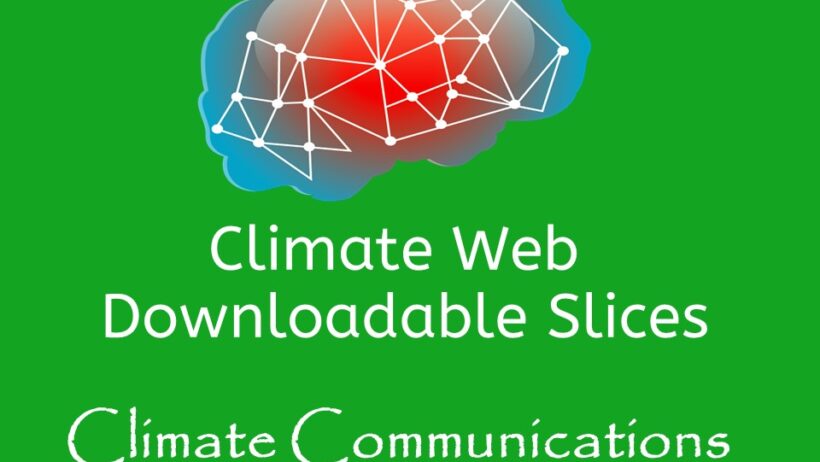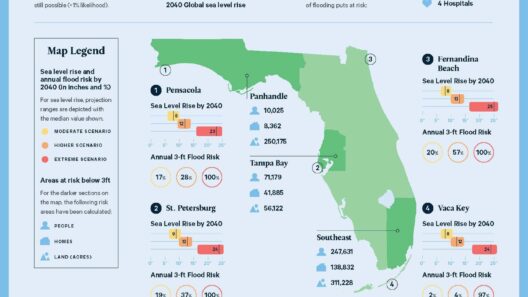What if we could transform the way we discuss climate change? Could the simple act of adjusting our tone and approach pave the way for more effective environmental advocacy? This concept leads us into the realms of “communication climate”—a term that encompasses the atmosphere and tone surrounding our conversations about environmental issues. Understanding this phenomenon not only unveils the intricacies of our dialogues but also provides insight into the ways we can refine our messages to energize action and influence perceptions.
At its core, communication climate can be defined as the emotional tone and atmosphere of a given communication context. It involves how information is conveyed, the underlying attitudes of the speakers, and the overall receptiveness of the audience. In the context of environmental discourse, the communication climate is critical. It determines whether discussions about climate change spark motivation and engagement or, conversely, instill despair and apathy.
When we delve deeper into the effective communication climate surrounding climate change, we must contemplate several dimensions. First, consider the language we employ. Is it laden with dire predictions and stark consequences, or does it offer buoyant alternatives and hopeful solutions? The former may indeed paint an accurate picture of our current predicament, yet it often serves to alienate rather than activate. On the other hand, narratives that navigate the treacherous waters of doom and gloom while illuminating pathways to resilience tend to foster a more conducive communication climate.
The next crucial element involves the interpersonal dynamics at play. How do we engage when discussing climate issues? Is the conversation structured as a monologue, or does it allow for a rich tapestry of dialogue? An inclusive communication climate—one that invites diverse perspectives and encourages interactive discussions—can significantly enhance the engagement level among participants. It dismantles hierarchical barriers and cultivates a sense of shared responsibility. This is essential in a topic as complex and globally pertinent as climate change.
Moreover, audience awareness cannot be overlooked. Tailoring messages according to the audience’s existing beliefs, values, and knowledge bases can drastically affect communication climate. For instance, if the audience consists of seasoned environmentalists, they may be more receptive to discussions that employ advanced terminology and delve into intricate scientific data. Conversely, a general audience might benefit more from relatable metaphors and everyday language that simplifies, rather than oversimplifies, the core issues at hand.
Timing is another factor that fundamentally influences communication climate. The urgency with which we address the climate crisis can evoke different emotional responses. Presenting information in the aftermath of a climate catastrophe may inspire immediate mobilization, whereas discussions during more tranquil periods can offer an avenue for strategic planning and foresight. However, this raises an interesting dilemma: how do we maintain the momentum without allowing anxiety to overwhelm our audience? It is perhaps the quintessential challenge in climate advocacy.
As we explore these various components of communication climate, it is essential to consider the role of storytelling. Narratives have immense power; they enable individuals to connect emotionally with abstract concepts like climate change. Effective storytelling can transform statistics into relatable experiences, illustrating not just the implications of climate change but also the human stories behind those data points. These stories can ignite a passion for change, suggesting that while the dialogue may be fraught with difficulty, it should also emphasize agency and empowerment.
Furthermore, visual communication plays a pivotal role in shaping communication climate. Infographics, videos, and images can often convey complex messages more succinctly than words alone. The use of striking visuals can provoke emotions and prompt action, transcending barriers of language and literacy. Think of the impact a single powerful image can have on public perception—an image that may evoke a sense of urgency or a call to action. Such visual elements can serve as catalysts within the communication fabric surrounding climate-related discussions.
Ultimately, the crux of modifying our communication climate revolves around encouraging a participatory culture. Engaging multiple stakeholders—governments, businesses, communities, and individuals—in collaborative discourse can foster a more robust landscape for climate communication. This participatory approach not only strengthens the communication climate but also promotes comprehensive solutions that marry scientific understanding with indigenous knowledge, local contexts, and cultural nuances.
However, integrating these methodologies into our discussions about climate change calls for a shift not only in how we communicate but also in the mindsets of all stakeholders involved. It is time to redefine the narrative—to move beyond victimhood and towards empowerment. How can we collectively embrace this challenge? Could a new, more vibrant communication climate be the answer to galvanizing action? By actively cultivating environments that encourage hope, collaboration, and urgency, we stand a better chance of ushering in a renewed commitment to addressing climate change.
As we navigate this intricate landscape, it is essential to remember that the discourse surrounding climate change is not merely about conveying statistics or advocating policies. It is about creating an inviting climate for communication where every voice is heard, every story matters, and every effort counts. Indeed, fostering a healthy communication climate is vital to not just our understanding of climate change, but to the very survival of our planet.








